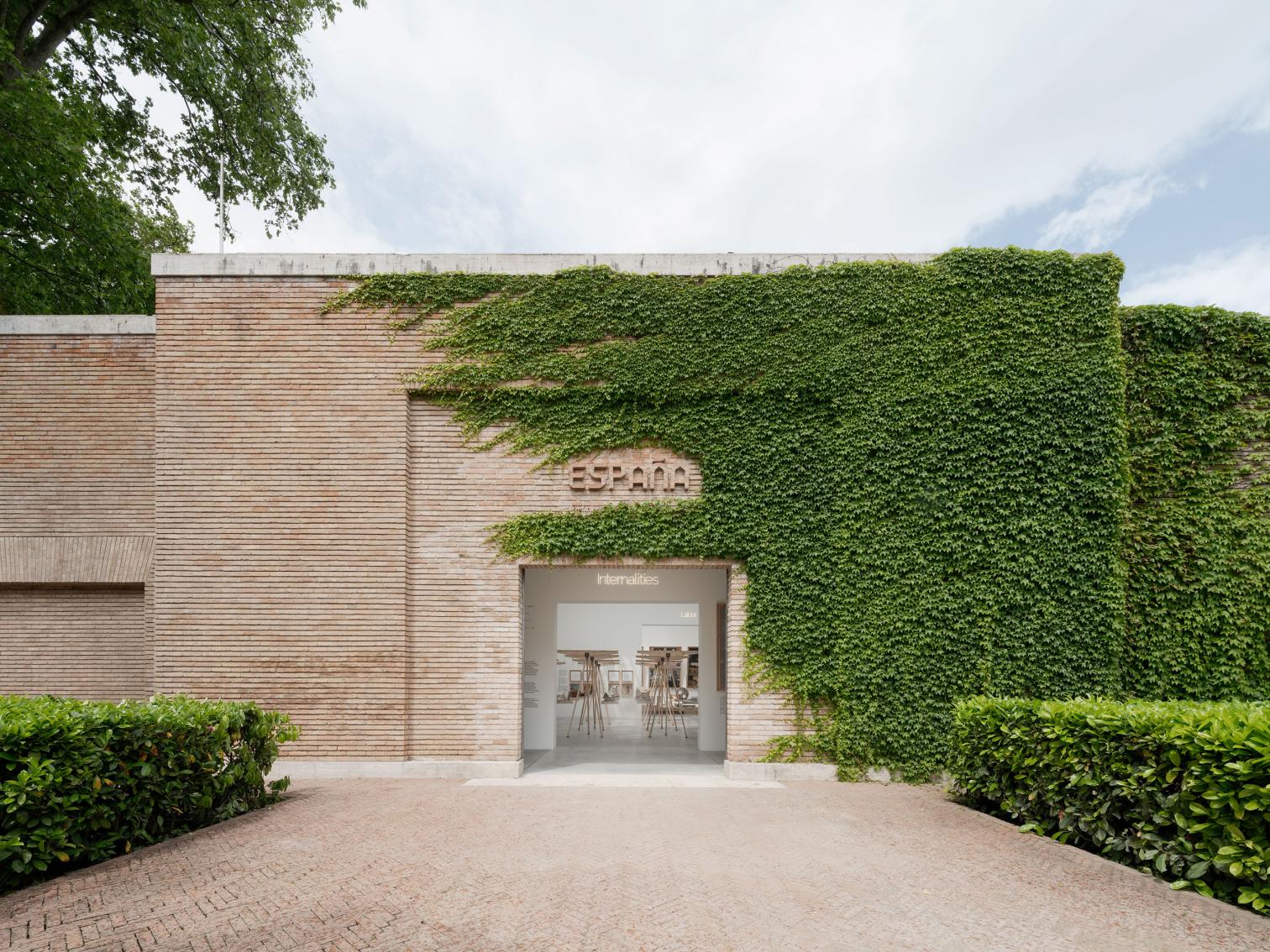If there is an urban model that today shows clear signs of collapse, it is that of Venice. The floating city has been sinking for decades under the weight of its own success, completely denatured and at the mercy of speculative policies. The increasingly frequent acque alteThe constant masses of tourists show that the disproportionate containment infrastructures or the symbolic visitor fees are nothing more than vain attempts to prolong the life of the goose that lays the golden eggs. Nevertheless, artists and architects are determined to rethink the keys to the world by taking turns every year to organize an event that involves the transfer of tons of goods and the arrival of thousands of additional professionals to the lagoon. As if this were not enough, this year the paradox is exacerbated, and the evil to be solved is precisely the onslaught of climate change and demographic evolution.
Without falling into patriotic pride, if in the Giardini there was a proposal that seemed aware of the contradictions of this exhibition model, and in general of the day-to-day life of the profession, that was Roi Salgueiro and Manuel Bouzas’ proposal for the Spanish pavilion. The two curators have focused their gaze on architecture’s capacity to generate territorial balances and, not content with this abstract starting point, they have coined a new word to explain it: ‘internality’. It is true that it could sound like another of the inveterate good-guy discourses, which, flying the flag of ecology or sustainability, are based on principles that are difficult to quantify, and which in the end achieve results that are far removed from the avant-garde. However, here the neologism is almost pertinent, since they have built a well-articulated story around a transcendental question: if nature does not produce waste, and all materials participate in a continuous cycle, shouldn’t architecture try to minimize the consequences associated with their production?
To better explain their thesis and, above all, to make the new concept more intelligible, they base it on the contrast with the idea of externality, a term frequently used in the world of economics that refers to the collateral effects on those who do not directly participate in an activity. We must be aware that we live in a manufactured world, in which the construction sector is one of the key players in the climate crisis, responsible for 37% of global carbon dioxide emissions and, therefore, one of the main generators of ‘externalities’. The research is articulated in five axes on which to balance the scales, covering such fundamental aspects as energy, materials, trades, waste and emissions. Each of these explorations has been entrusted to a tandem of architect and photographer, who together have achieved a stimulating dialogue between the objects of the one and the images of the other.
However, the pavilion’s strong point is undoubtedly its central hall, where it can be seen that in Spain -and especially in some of its geographies- there is a generation of architects that has been promoting a more environmentally responsible construction model for some time now, with operations that look at their surroundings before making proposals, and that mainly use the resources -whether material or technical- that they have around them. The balance between the architectures and the territory of these ‘internalized’ practices is evident in the exhibition set-up: scales offset by two models of the same project, one showing the materials and processes used and the other on a territorial scale representing its origin. The selection of works includes small renovations and social ensembles, private houses and public parks, marés and wooden constructions; thereby demonstrating that these links are independent of scales, clients or materials, and that, with will, architecture can be an active part of a positive climate change.
Another of the best things the pavilion leaves behind is its legacy: just a handful of Balearic seaweed, the three Galician pines used for the supports and a cartography that connects large infrastructures and material sources with the exhibited projects and their creators. Hopefully these debates will also serve to ensure that we will soon see biennials without externalities and in a certain balance with the territory that hosts them.

